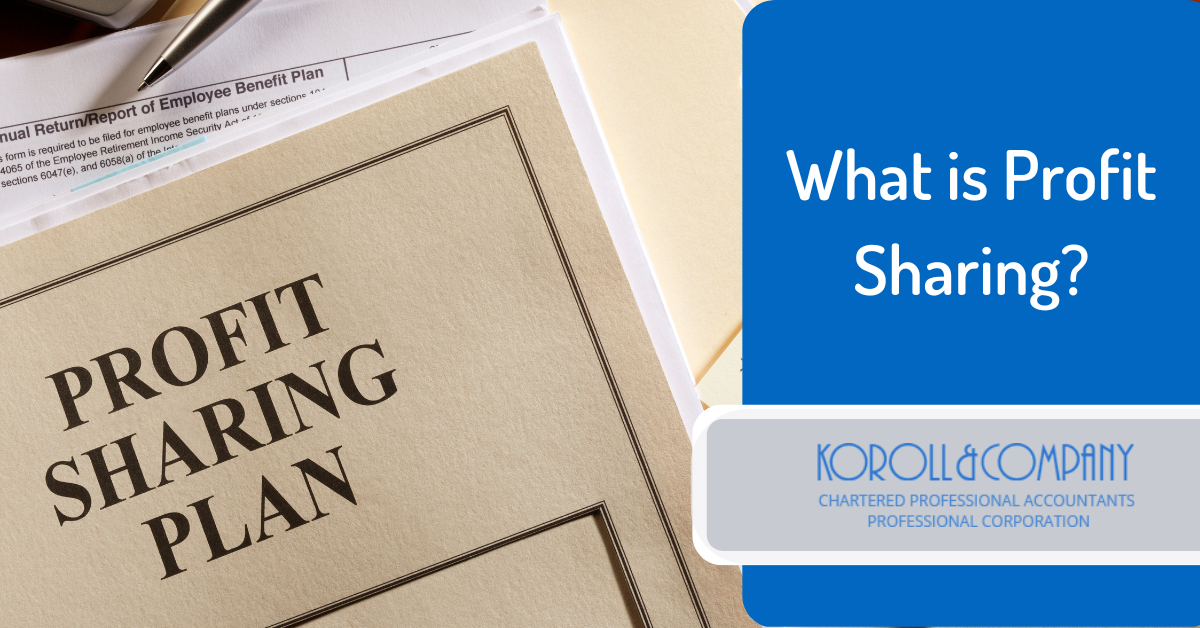 When deciding how to compensate your employees, there are many different options. The traditional methods are salaries, wages, bonuses and benefits. There’s also a system called profit sharing.
When deciding how to compensate your employees, there are many different options. The traditional methods are salaries, wages, bonuses and benefits. There’s also a system called profit sharing.
Profit sharing is a compensation program that awards employees with a portion of the company’s profits. The amount received is usually based on quarterly or annual earnings. Though it could be for a longer or shorter period.
Unlike bonuses, profit sharing is only available if the company has profits at the end of the designated period. You can also designate specific groups to receive profit sharing.
How to distribute shares of profit
There are two ways for businesses to distribute profits in a profit-sharing program. They can use either cash or stocks. Once you have decided how you will distribute profits, you must choose which plan you will use. There are four types of plans:
- Cash profit sharing plans – Contributions go directly to the employee in the form of cash, cheque or stocks. This is considered direct compensation and is taxable income. Businesses are not required to register with the CRA when using this form of profit sharing and there is no tax deferral.
- Employee’s profit sharing plans (EPSP) – With EPSP a share of the annual profits is placed in a trust fund. The profits and the accumulated interest for the year are allocated to employees participating in the program. These amounts stay in the trust until the employee leaves the company, though you can give employees the option to withdraw funds during employment.
Employees are taxed on their share of the profits each year, as well as accrued interest and realized capital gains, even if they can’t use it until retirement or the end of employment. Employees can contribute to this plan, but the contributions are made with after tax income and are not tax deductible. - Deferred profit sharing plans (DPSP) – Like and EPSP, employees share of profits are placed in a trust account. DPSP differs from EPSP in that the employees cannot contribute to the plan, except for transfers from other registered tax-assisted plans. Furthermore, income tax is not deducted from the employees share of profits and interest accrued each year. Instead, the funds are taxed when they are received by the employee at a later date.
DPSPs differ from pension plans as a DPSP may allow employees to withdraw funds while employed. In addition, lump sum payments are received from a DPSP at the end of employment and are taxed similarly to income. They may only be tax-sheltered if an annuity is purchased or the payment is transferred to an RRSP. - Register profit sharing pension plans – This is a pension plan where contributions made by the employer are linked to profits. This type of plan is subject to the same legislation as other pension plans and have the same provisions. As such, any funds placed in the plan are to remain there until the end of employment.
Contributions made by the employee or employer are tax deductible but interest earned on the fund is not. When withdrawals are made, once employment ends, the amounts are taxable. Generally payments are made in the form of annuities when the employee retires, however, there are some exceptions.
Formula for distribution
The calculation used for distributing profits to employees can vary. Generally businesses will use length of service or employee earnings. However, other formulas can be used if they make more sense for your business’ specific situation.
Advantages of profit sharing
There are many benefits to profit sharing:
- Improves motivation by incentivizing them to help increase revenue and reduce costs.
- Increases employee morale as employees can see a direct link between their hard work and the compensation they receive.
- Can instill a sense of loyalty in employees by giving them a feeling of ownership.
- May be less risky than bonuses as the cost of the benefit is relative to the profits of your company.
Disadvantages of profit sharing
Profit sharing also has some pitfalls.
- Employees may prioritize profitability over quality.
- In a profitable year, employees will receive bonuses regardless of their proportional contribution (i.e. employees who put in less effort will benefit thanks to those who put in substantial effort).
When deciding to do a profit-sharing program, it is important to do a cost benefit analysis. Well profit sharing can be beneficial, it’s not the right choice for everyone. To find out whether profit sharing is right for your business, contact us today.






